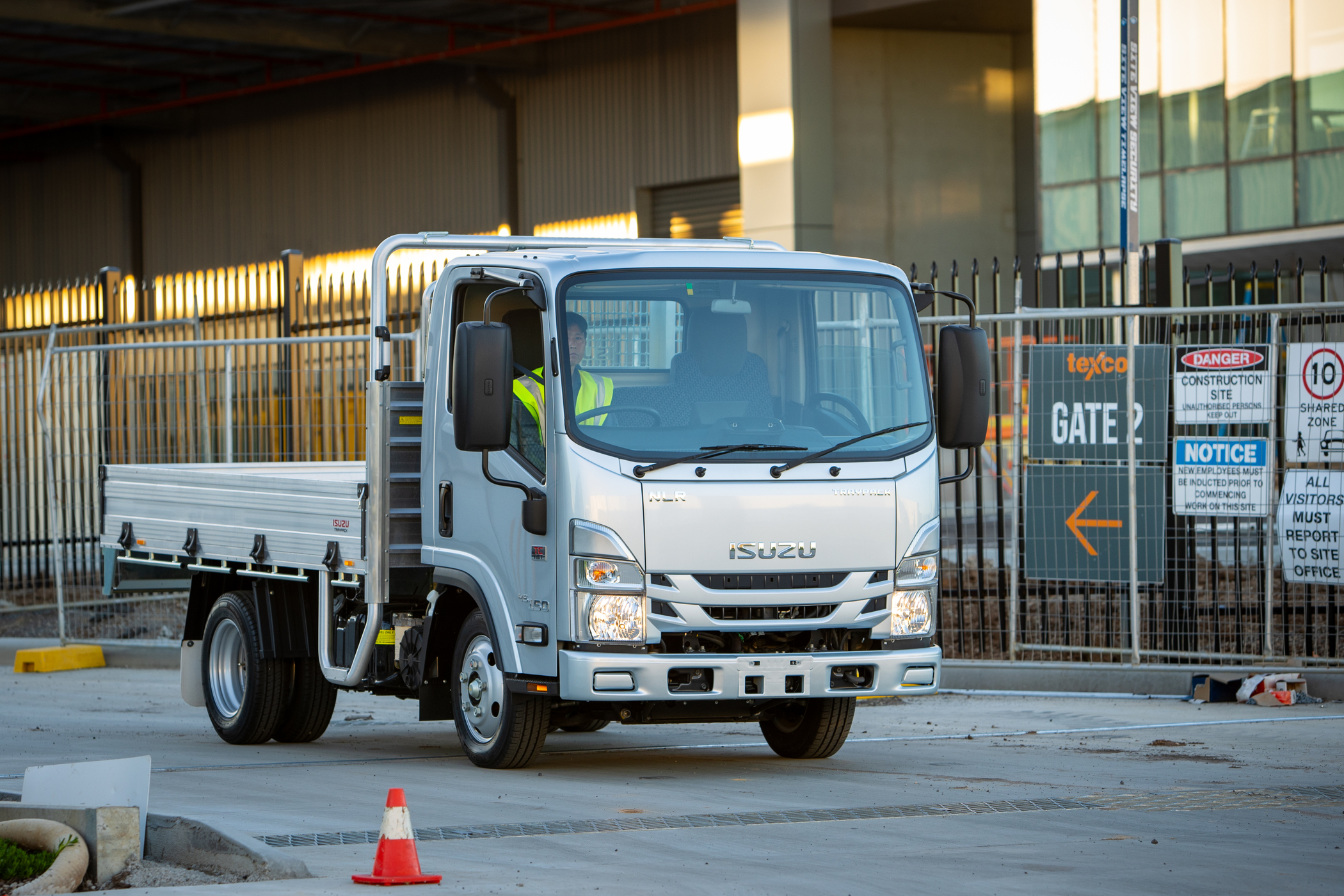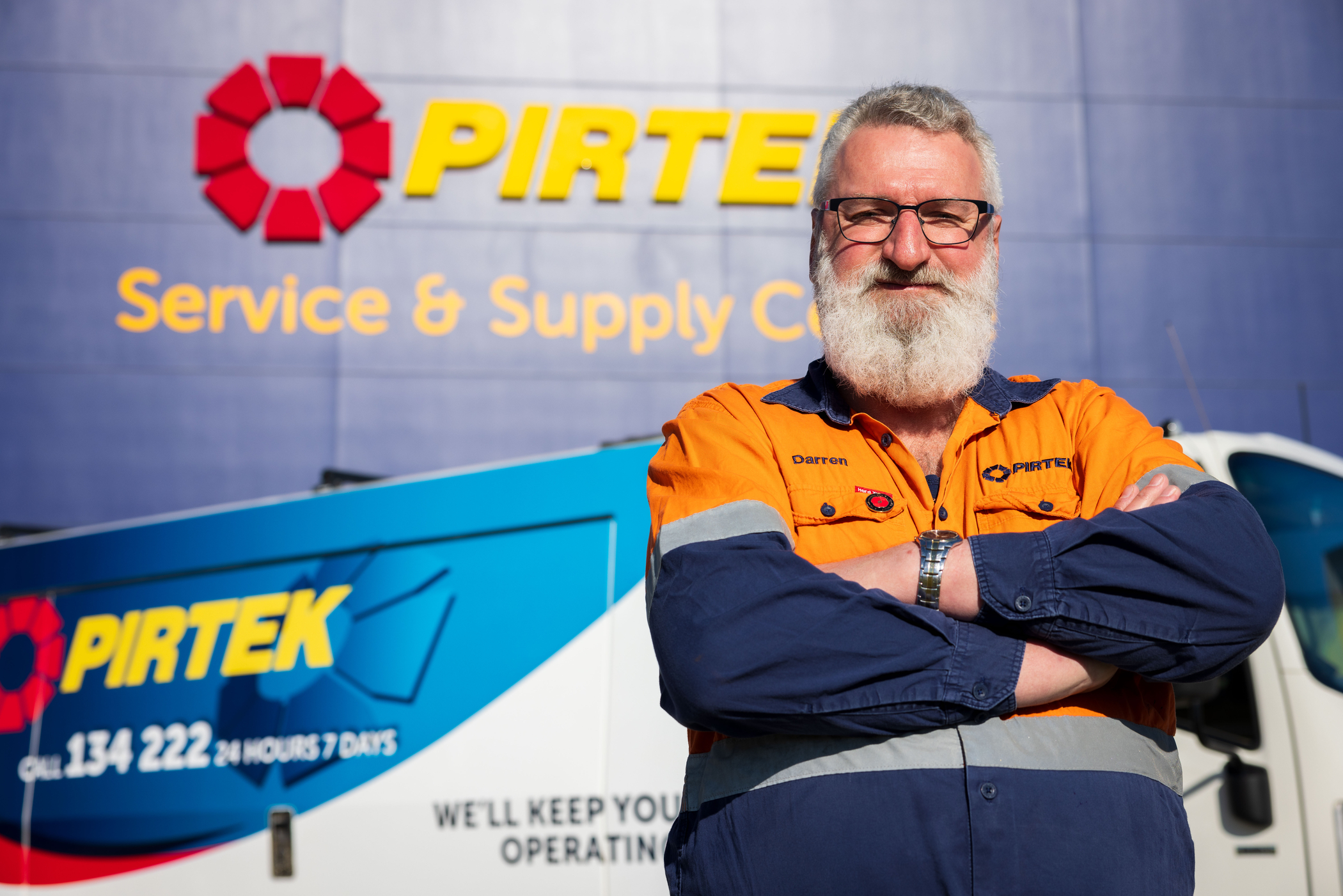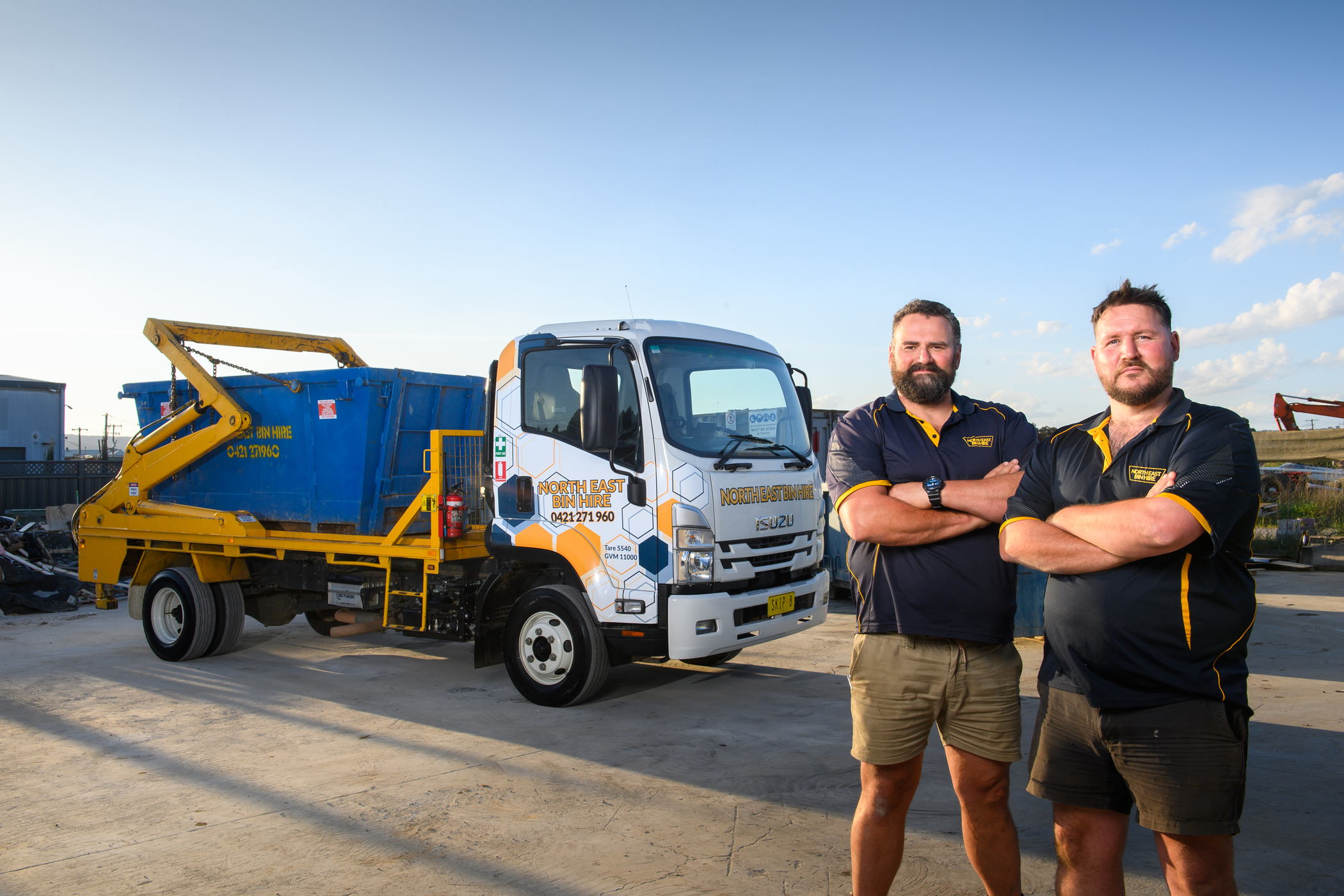‘DRIVER-CENTRIC’– DOES YOUR TRUCK WORK FOR YOU?
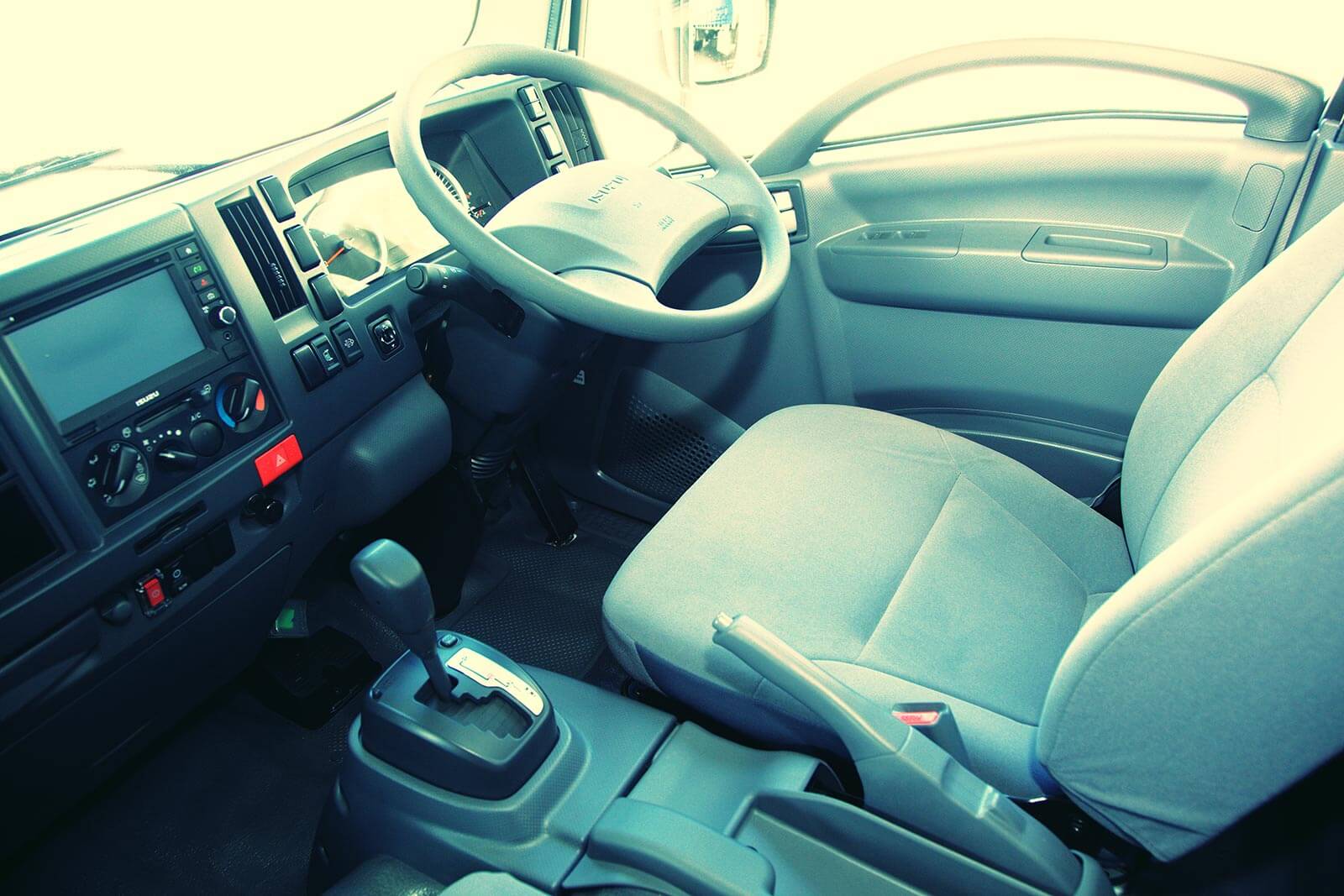
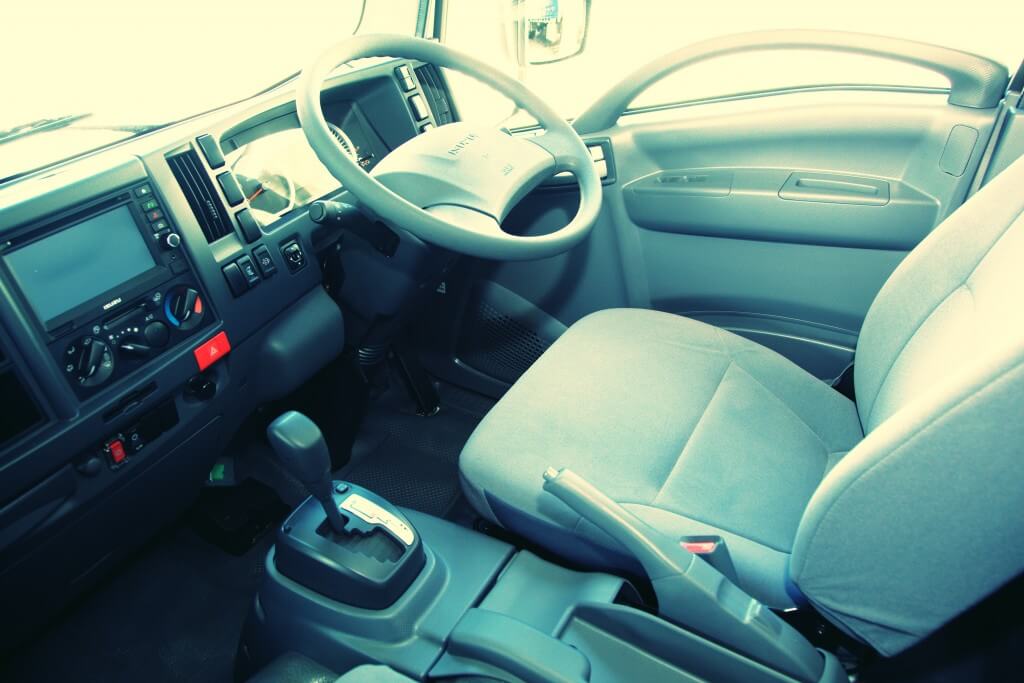 If you’re in the trucking industry, you already know there aren’t enough drivers. The average truckie is 47 years old and while truck drivers are getting older, freight demand is getting greater.
What can the industry do to attract new drivers and retain the ones it has?
Driver-centric is a term used to describe the way modern trucks are designed to suit the needs of drivers, and may give some insight into where the industry is headed.
Driver-centric trucks are the whole package. They’re as comfortable and easy to drive as a car, with all the amenities of your lounge room and the payload capability of, well, a truck.
Welcome to trucking in the 21st century.
If you’re in the trucking industry, you already know there aren’t enough drivers. The average truckie is 47 years old and while truck drivers are getting older, freight demand is getting greater.
What can the industry do to attract new drivers and retain the ones it has?
Driver-centric is a term used to describe the way modern trucks are designed to suit the needs of drivers, and may give some insight into where the industry is headed.
Driver-centric trucks are the whole package. They’re as comfortable and easy to drive as a car, with all the amenities of your lounge room and the payload capability of, well, a truck.
Welcome to trucking in the 21st century.
What are driver-centric features?
As technology’s progressed, the meaning of driver-centric has changed. In the 1950s, power-steering was considered driver-centric, now it’s rarely mentioned on a spec sheet. Advancements to driveability mean you can now drive a 4,500 kg GVM truck on a car licence, so focusing on added creature-comforts is the next step for the industry. All those optional extras you didn’t have to spring for but did, hoping to make the day-to-day slog more bearable, propel the driver-centric experience. To keep your business growing in such a competitive industry, focusing on drivers may prove as crucial as focusing on customers. Added features are spread across a range of categories, including ease of driving, entertainment, comfort and safety. It boils down to mutual benefit. Keeping your drivers happy and healthy keeps them driving for you, not your competitors.Looking back to look forward
While it would be nice to claim the industry was adapting purely to drivers, other logistical changes have assisted in shaping modern trucks to a driver’s advantage. In the past, heavy-duty trucks were the natural choice due to increased power, GVM and lifespan. With technological advancements, smaller trucks can now carry greater weights without sacrificing durability, while their manoeuvrability and reduced maintenance, emissions and fuel costs have gained greater significance. While driver-centricity has many causes, the effect for truckies is a job that, while still difficult, is a lot easier than 30 years ago. Take a quick look at how technology has changed the driver experience so far. 1902 – The first commercial vehicles, imported from the U.S., hit the road in Sydney 1939 – By the end of the 1930s, there are already 500,000 trucks on Australian roads 1965 – Air suspension truck seats are introduced in the agricultural sector, becoming one of the first driver-centric truck adaptations 1970 – Cassette decks appear, allowing drivers to finally ditch the transistor radio 1978 – Anti-lock braking systems are introduced, vastly improving driver safety through braking responsiveness 1995 – The invention of the navigation system sparks a logistics revolution and begins to make automated driving a reality 1998 – Bluetooth first integrated with vehicles, forming the relationship between vehicles and portable devices 2002 – Reversing cameras enter the market and quickly become a hit amongst truck drivers 2003 – The first hybrid truck engine is produced, combining diesel electric and a fuel cell to significantly lower emissions and fuel costs 2011 – Telematics and Infotainment systems first introduced to vehicles, giving drivers and fleet managers greater feedback to improve road safetyThe future
Sales figures for medium and light-duty trucks continue to grow at a higher rate than heavy-duty trucks, which have decreased in recent years. For the reasons already outlined, fleet owners and drivers alike are increasingly interested in smaller, cheaper and more driveable vehicles. Taking into account increasing freight demand, it’s never been easier to start your own fleet. In response to the uptake in the light-duty truck segment, truck makers are now focusing on providing modern, flexible trucks to show people who drive light commercial vehicles like utes, that there’s a new frontier out there with more grunt and capacity – but no loss of convenience. By blurring the line between trucks and cars, the industry rewards drivers through combining premium working capability with the latest technology in driveability and entertainment. Accompanying this is the fact that focusing on the comfort aspects of driver-centricity results in a major boost to driver safety. So buckle up but don’t get too comfortable yet, the industry’s driving towards a new era of convenience, safety and comfort.


Playtime’s over, get $3,500* to spend on extras.
If you’re ready to get serious about tackling bigger jobs, grab yourself an NLR 45-150 AMT SWB Traypack from the Ready-to-Work range for $62,990 drive away*. And to prove we aren’t playing, buy any NLR Traypack before June 30 and you’ll get $3,500* to spend on genuine accessories or an Essentials service agreement.
Learn more
